Honeylocust Tree
- November 14, 2023
- 0 comment
The Honey Locust Tree, scientifically known as Gleditsia triacanthos, is a deciduous tree native to North America. Renowned for its distinctive, elegant appearance, this tree graces landscapes with its graceful, fern-like foliage. The compound leaves consist of numerous small leaflets, providing a delicate and airy aesthetic.
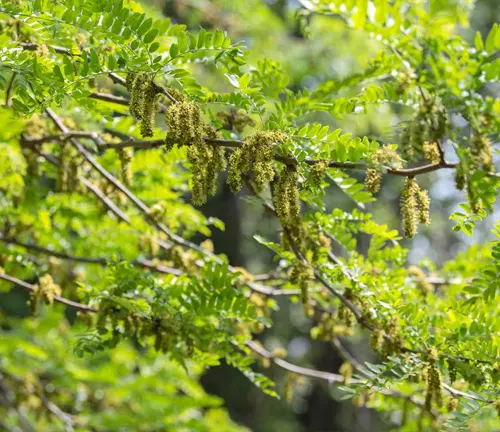
One of the remarkable features of the Honey Locust is its unique pods, which are flat and twisted, containing sweet, honey-like pulp, hence the tree’s name. The tree is adaptable to various soil types and is often prized for its tolerance to urban conditions, making it a popular choice in city landscapes. With its ability to thrive in diverse environments, the Honey Locust has become a favored ornamental tree, offering not only aesthetic appeal but also shade and resilience.
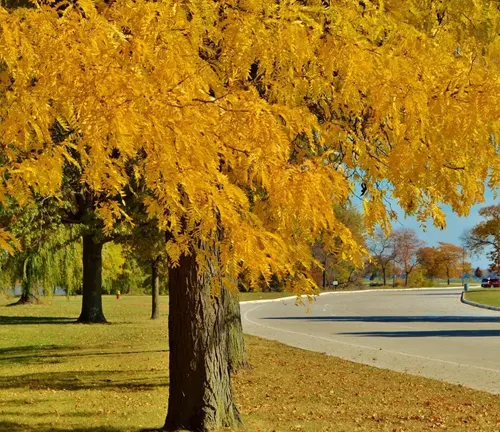
Beyond its aesthetic qualities, the tree has historical significance, as Native American tribes utilized its strong and durable wood for various purposes. Whether lining urban streets or enhancing natural settings, the Honey Locust Tree stands as a testament to both its visual allure and its adaptability in different environments.
| Characteristics | Description |
| Scientific Name | Gleditsia triacanthos |
| Common Names | Honey Locust, Thorny Locust |
| Type | Deciduous |
| Height | 30 to 70 feet |
| Spread | 25 to 35 feet |
| Foliage | Bipinnately compound leaves with small leaflets |
| Leaf Color | Green |
| Flowering | Inconspicuous greenish-yellow flowers |
| Fruit | Flat, twisted pods containing sweet pulp |
| Bloom Time | Late spring to early summer |
| Soil Requirements | Well-drained, adaptable to various soil types |
| Tolerance | Drought-tolerant, tolerant of urban conditions |
| Uses | Ornamental, shade tree, urban landscaping |
| Wood | Strong and durable, historically used by Native American tribes |
| Native Range | North America |
Botanical Beauty of the Honey Locust Tree
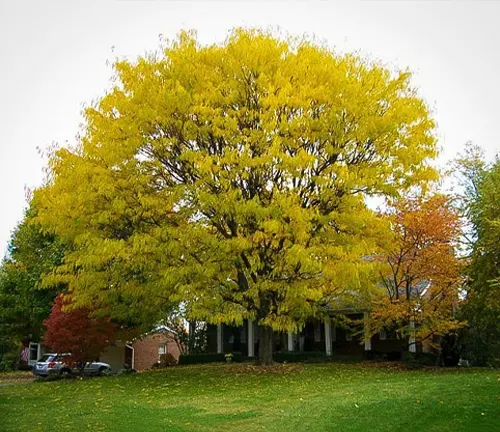
The Honey Locust Tree, scientifically known as Gleditsia triacanthos, stands as a botanical marvel with its captivating features. Its bipinnately compound leaves, adorned with numerous small leaflets, give the tree an elegant, fern-like appearance. This distinctive foliage not only contributes to its aesthetic appeal but also adds a touch of grace to landscapes. The tree’s scientific name itself hints at its triacanthos, or three-spiked, nature, a unique characteristic that adds to its allure.
Woodland Elegance
In the realm of woodland elegance, the Honey Locust Tree takes center stage. Its towering height, ranging from 30 to 70 feet, coupled with a spread of 25 to 35 feet, creates a majestic presence. The tree’s wood, known for its strength and durability, has historical significance, having been employed by Native American tribes for various purposes. The Honey Locust, with its fine-textured foliage and commanding stature, effortlessly embodies the concept of woodland elegance.
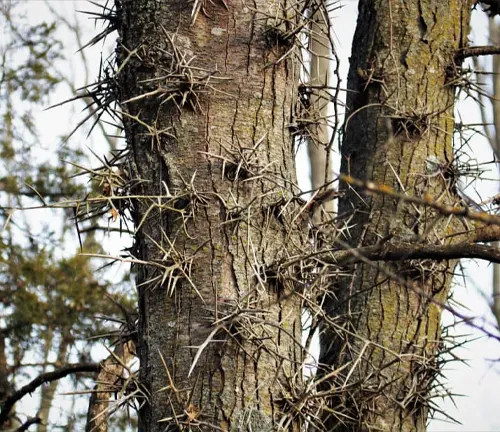
Ecological Importance
Beyond its ornamental value, the Honey Locust Tree plays a crucial role in ecological systems. Its inconspicuous greenish-yellow flowers contribute to pollination, supporting local ecosystems. Moreover, the flat, twisted pods produced by the tree house sweet, honey-like pulp, providing a food source for wildlife. This ecological symbiosis establishes the Honey Locust as a valuable component of biodiversity, highlighting its importance in maintaining a balanced ecosystem.
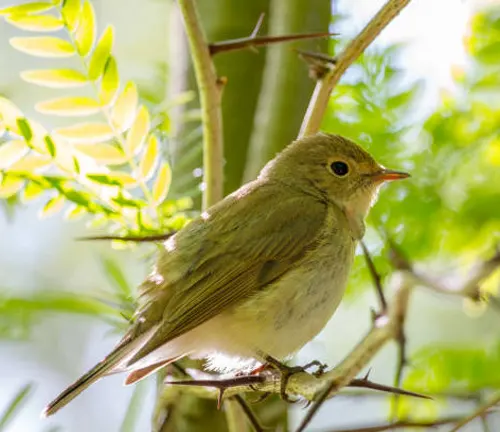
Cultivation and Conservation
The Honey Locust’s adaptability to various soil types makes it a resilient species to cultivate. Its tolerance to urban conditions, including pollution and drought, positions it as a favored choice in landscaping. Conservation efforts often benefit from the tree’s ability to thrive in diverse environments, making it an ideal candidate for sustainable urban forestry projects. Understanding and preserving the cultivation of the Honey Locust contribute to the conservation of green spaces and urban biodiversity.
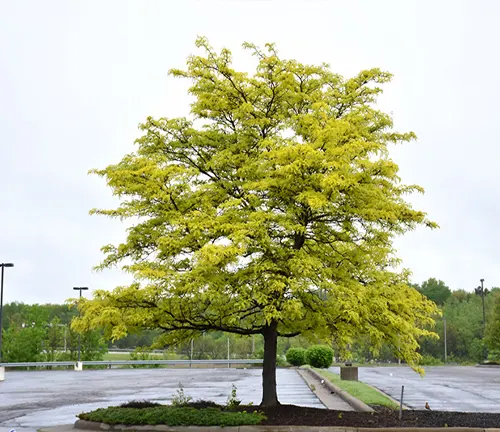
Fragrance
While the Honey Locust Tree may not be renowned for its flowers, its unique fragrance adds another layer to its appeal. The subtle scent of the tree, especially noticeable during the flowering season, provides a sensory experience that complements its visual beauty. This aromatic quality further enriches the overall charm of the Honey Locust, making it a delightful addition to any landscape.
Soil Stabilization
Beyond its visual and olfactory charm, the Honey Locust Tree plays a practical role in soil stabilization. Its extensive root system helps prevent soil erosion, making it a valuable asset in areas prone to erosion or landslides. The tree’s ability to anchor soil enhances its environmental contribution, making it a natural ally in the preservation of landscapes.

Common Uses
The Honey Locust’s versatility extends beyond its ecological and aesthetic roles. Frequently employed in urban landscaping, it graces streets and public spaces with its shade and elegance. Its wood, known for its strength, has been historically used in various applications, showcasing the tree’s utility in human societies.
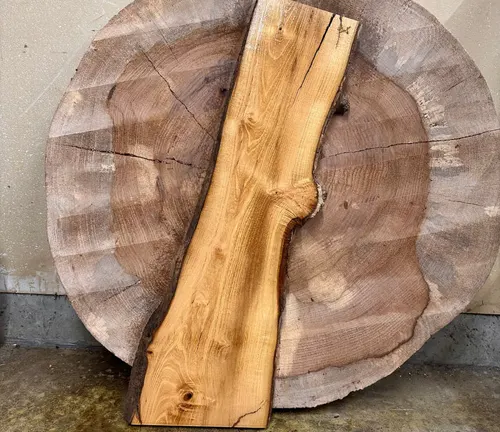
Benefits
Embracing the Honey Locust Tree offers numerous benefits. As an ornamental tree, it enhances the visual appeal of landscapes. Its adaptability to different environments and soil types makes it a practical choice for urban forestry, contributing to green spaces in cities. The tree’s ecological importance, from providing habitat and food to preventing soil erosion, underscores its multifaceted contributions to the environment.
Different Species
Gleditsia triacanthos var. inermis
(Thornless Honey Locust)
As the name suggests, this variety is distinguished by its lack of thorns. It is a popular choice in landscaping and urban environments due to its thornless nature, making it more user-friendly in public spaces.
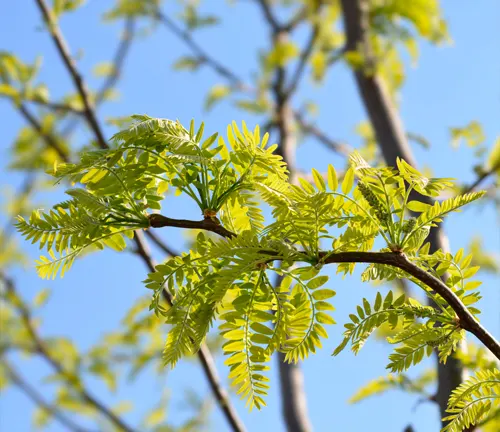
Gleditsia triacanthos ‘Sunburst’
(Sunburst Honey Locust)
This cultivar is known for its vibrant golden-yellow foliage, adding a splash of color to landscapes. ‘Sunburst’ is valued for its ornamental appeal and is often selected for its eye-catching leaves.
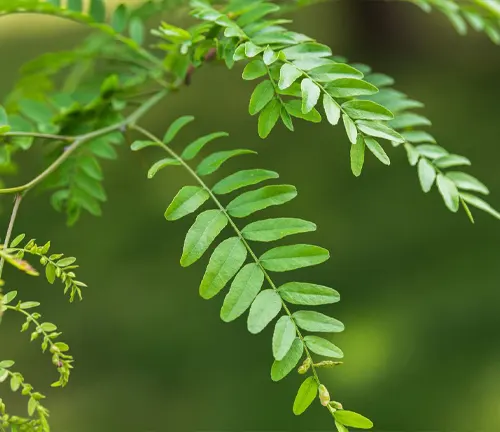
Gleditsia triacanthos ‘Shademaster’ (Shademaster Honey Locust)
This cultivar is prized for its dense and upright canopy, providing ample shade. ‘Shademaster’ is a popular choice for street planting and areas where a quick-growing, reliable shade tree is desired.
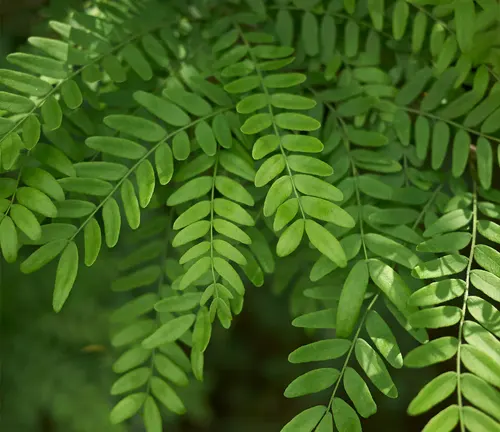
Gleditsia triacanthos ‘Skyline’
(Skyline Honey Locust)
Similar to ‘Shademaster,’ ‘Skyline’ is valued for its upright and narrow form, making it suitable for planting in confined spaces. It is often chosen for its ability to provide shade without taking up excessive horizontal space.
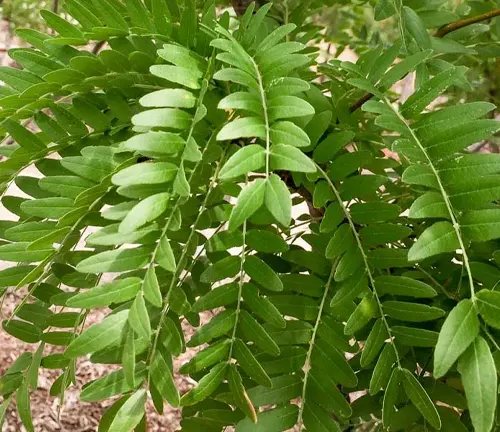
Gleditsia triacanthos ‘Imperial’
(Imperial Honey Locust)
This cultivar is recognized for its fine-textured foliage and compact form. ‘Imperial’ is often chosen for its neat appearance and adaptability to various soil types.

Gleditsia triacanthos ‘Ruby Lace’
(Ruby Lace Honey Locust)
‘Ruby Lace’ is characterized by its delicate, finely divided leaves that emerge red in the spring, gradually transitioning to green. This cultivar is appreciated for its unique foliage coloration.

Frequently Asked Questions (FAQs)
- What is a Honey Locust Tree?
The Honey Locust Tree, scientifically known as Gleditsia triacanthos, is a deciduous tree native to North America. It is known for its distinctive compound leaves and flat, twisted pods containing sweet pulp. - Are all Honey Locust Trees thorny?
No, not all Honey Locust Trees have thorns. There are thornless varieties, such as Gleditsia triacanthos var. inermis, which are popular in landscaping for their lack of thorns. - How tall does a Honey Locust Tree typically grow?
The height of a Honey Locust Tree can vary, but it generally ranges from 30 to 70 feet, depending on the specific variety and growing conditions. - What are the uses of Honey Locust Trees?
Honey Locust Trees are commonly used for ornamental purposes in landscaping due to their elegant appearance. They also provide shade and have historically been used for their strong and durable wood in various applications. - Are Honey Locust Trees suitable for urban environments?
Yes, Honey Locust Trees are often chosen for urban planting because of their tolerance to urban conditions, including pollution and drought. Thornless varieties are particularly favored in public spaces. - Do Honey Locust Trees have any ecological significance?
Yes, Honey Locust Trees play a role in ecosystems by providing habitat and food for wildlife. The tree’s flowers contribute to pollination, supporting biodiversity. - How do you care for a Honey Locust Tree?
Honey Locust Trees generally thrive in well-drained soil and full sunlight. Regular watering is essential, especially during dry periods. Pruning may be necessary to maintain shape and remove dead or damaged branches. - Can Honey Locust Trees be grown from seeds?
Yes, Honey Locust Trees can be grown from seeds. However, they are often propagated through grafting or by planting seedlings for more consistent and predictable results. - What are some popular cultivars of Honey Locust Trees?
Popular cultivars include ‘Sunburst’ (known for golden-yellow foliage), ‘Shademaster’ (chosen for its dense canopy), and ‘Skyline’ (noted for its upright form). There are also thornless varieties like ‘Inermis.’ - Are Honey Locust Trees drought-tolerant?
Yes, Honey Locust Trees exhibit drought tolerance once established. However, proper watering during the initial growth stages is crucial for healthy development.


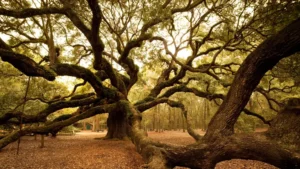

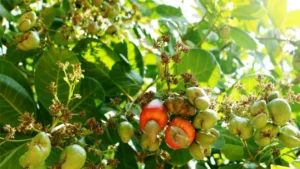
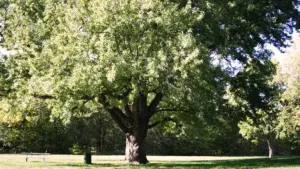
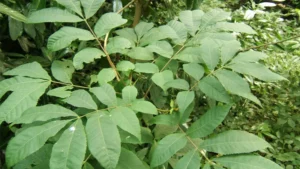
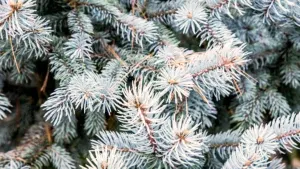
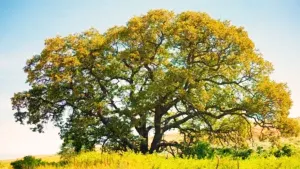
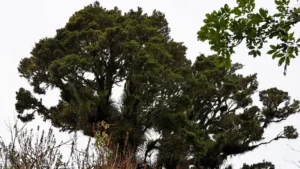




Leave your comment